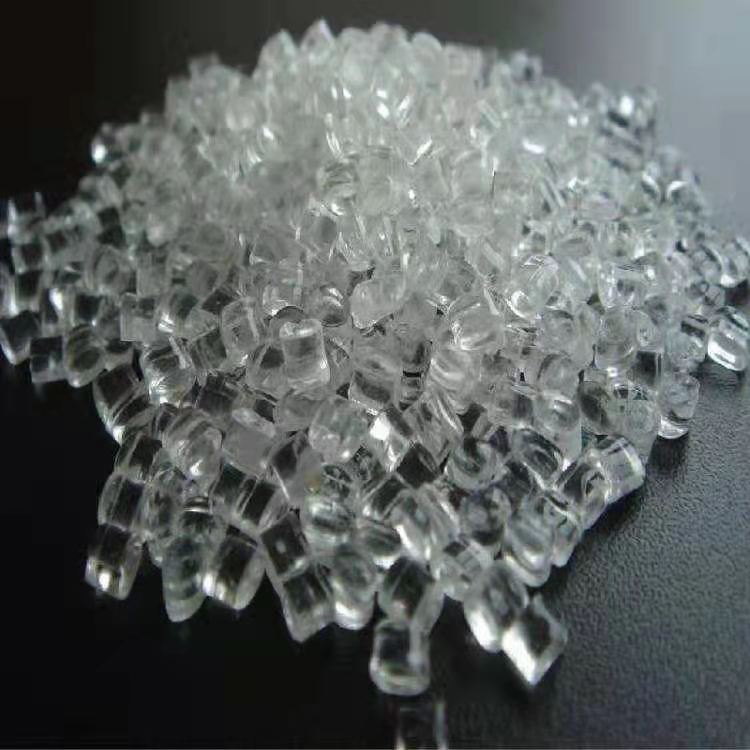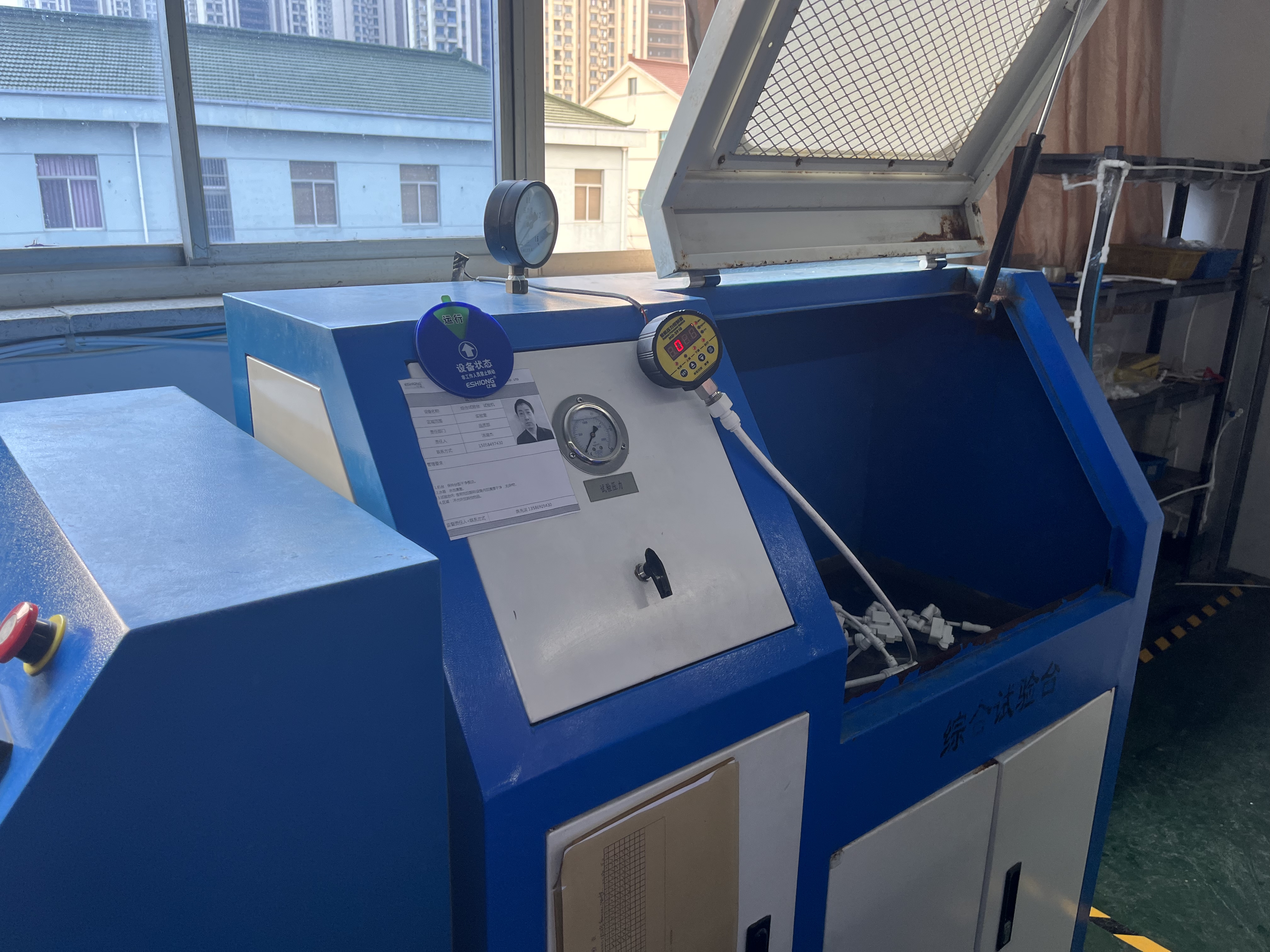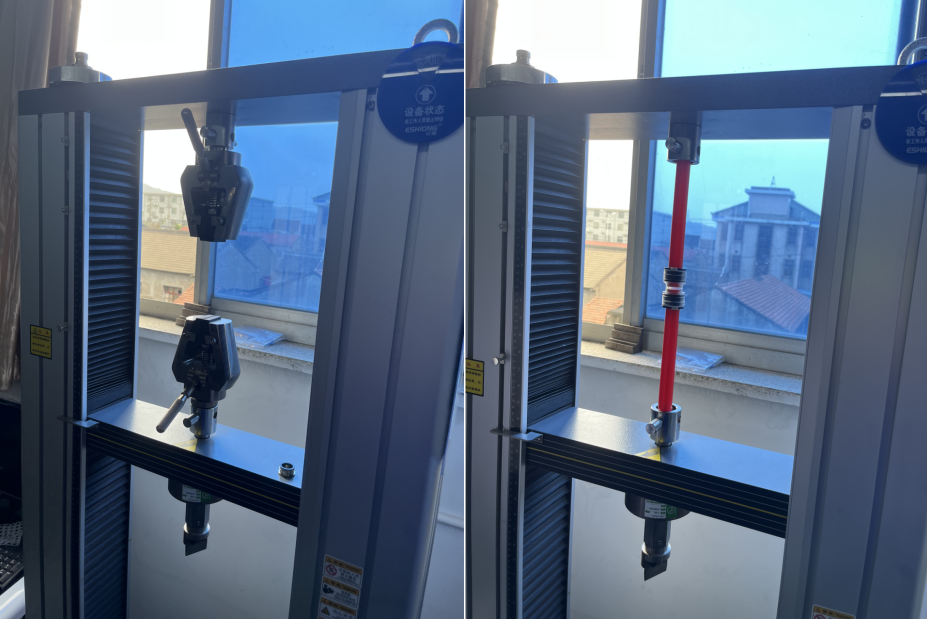When starting the quality control process, it is important to clearly define the specifications and standards that microduct connectors must meet. This includes understanding the required mechanical and optical properties, as well as any specific industry or customer requirements.
1. Material inspection: The first step in the QC process is to thoroughly inspect all materials used to manufacture micropipe connectors. This includes checking the quality and consistency of raw materials, such as plastic for connector bodies, metal for pins, and insulating materials for optical fibers.
2. Component testing: After the material has been inspected and approved, each component of the microtube connector is tested for quality and reliability. This includes thorough testing of pins, connectors and insulation to ensure they meet required specifications and perform well under demanding conditions.
3. Assembly and production line inspection: Once all parts have passed the quality test, the micro tube connectors are assembled on the production line. During this process, it is important to implement strict quality control measures to ensure that each connector is properly assembled and meets the required standards. This includes regular inspections and quality checks at all stages of the assembly process.
4. Optical performance testing: An important aspect of the quality control of micropipe connectors is to test their optical performance. This involves using specialized equipment to measure the insertion loss, return loss and reflectivity of the connector. These tests validate the low signal attenuation and high signal reflection of the connectors, which are critical for reliable fiber optic communications.
5. Mechanical performance test: In addition to the optical performance of the micropipe connector, the mechanical performance also needs to be tested. This includes evaluating their durability, mechanical strength, and resistance to environmental factors such as temperature and humidity. Mechanical performance testing ensures connectors can withstand the rigors of installation and use without affecting their functionality.
6. Final inspection and packaging: After all QC tests are completed and the microtube connectors pass, a final inspection will be performed to verify that each connector meets the required specifications. After passing final inspection, the connectors are carefully packaged to protect them during shipping and handling.
By following these critical steps in the quality control process, manufacturers can ensure that their micropipe connectors meet required specifications and industry standards. This not only ensures the reliability and efficiency of fiber optic communications, but also instills confidence in customers who rely on these connectors for their communications needs.
Note: This article provides a general overview of the QC process for micro duct connectors. Manufacturers and industry professionals should consult relevant specifications and quality management systems specific to their micro duct connectors for detailed instructions and guidelines.
ANMASPC – Better FTTx, Better Life.
We have been designing, manufacturing and supplying microduct connectors for fiber optic networks since 2013. As a supplier of micro-tube connectors, we will continue to develop and update our products to contribute more to the construction of global optical fiber networks.
Post time: Aug-05-2023








